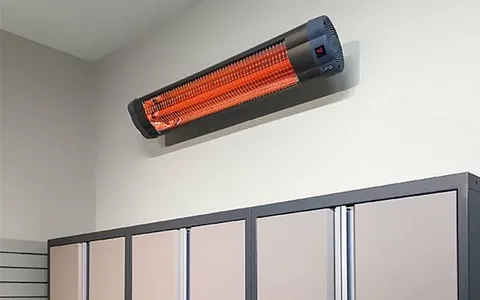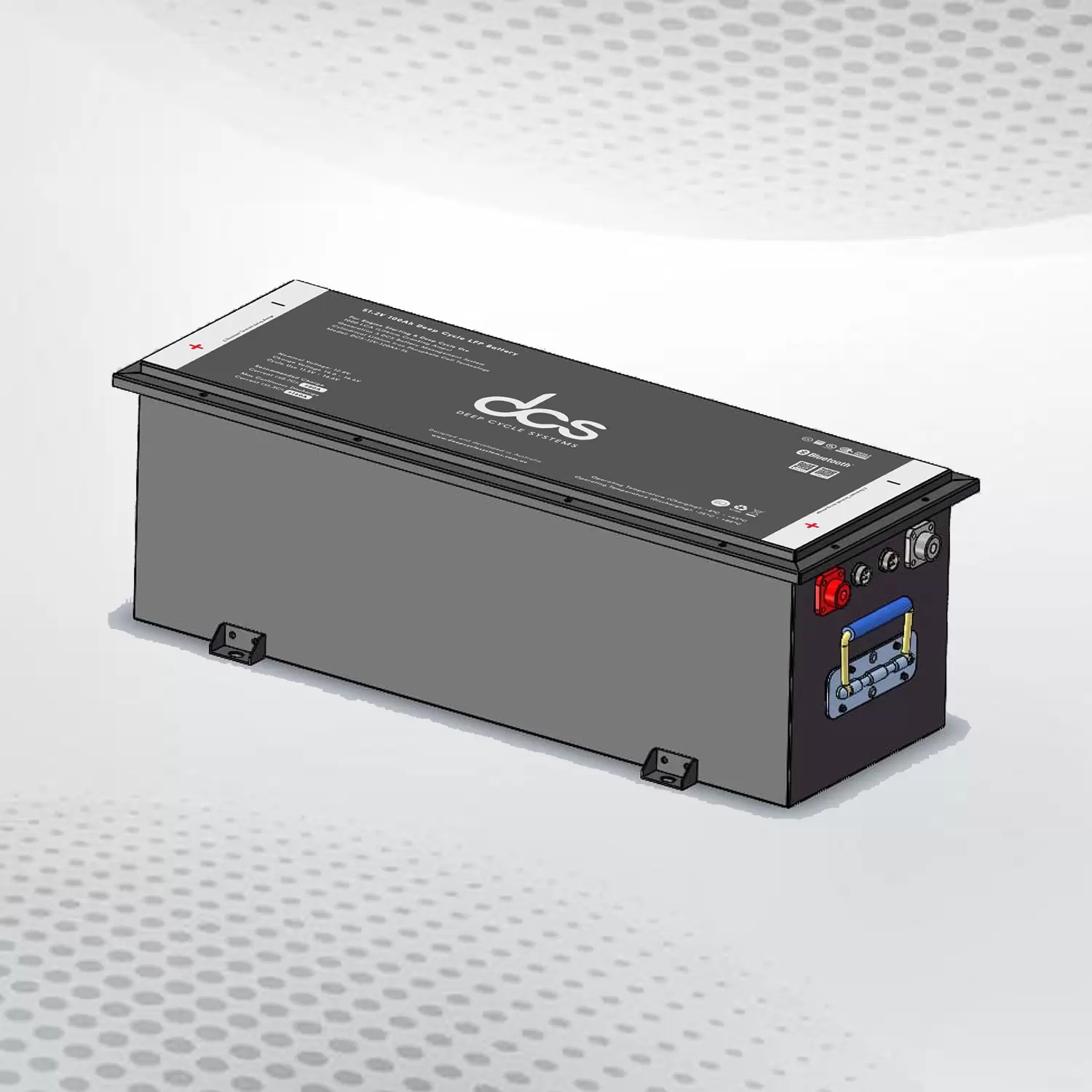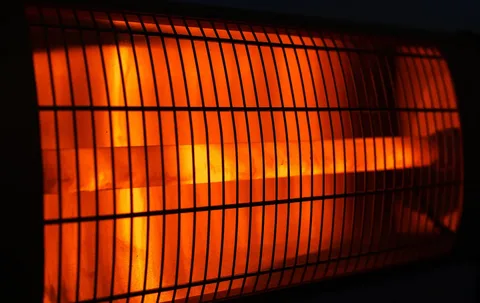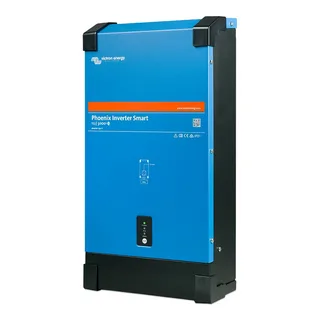Infrared house heating is revolutionizing the way homes achieve warmth and comfort. By employing advanced technology that harnesses the power of infrared radiation, these heating solutions offer efficient and effective ways to heat spaces. This blog post explores the science behind infrared heating systems, their benefits, and practical applications, providing valuable insights for homeowners considering these innovative heating options.
Understanding the Basics of Infrared Heating
Infrared heating operates on the principle of infrared radiation, a type of electromagnetic energy invisible to the human eye but felt as heat. Unlike traditional heating systems that rely on warming the air, infrared heaters directly target objects and people within a room.
This creates a more immediate warmth as surfaces absorb the heat and radiate outward. This method enhances comfort levels and improves energy efficiency, as less energy is wasted heating the air, which can easily escape through drafts and gaps. This direct form of heating makes infrared technology particularly effective for residential and commercial applications.
The Science Behind Infrared Room Heater
Infrared room heater emit heat waves directly penetrating materials and surfaces, offering immediate and effective warmth. This method utilizes different wavelengths—near, mid, and far infrared—to cater to varying heating needs. Near-infrared waves provide rapid heat, which is ideal for quick comfort, while far infrared waves penetrate deeper into materials, offering sustained warmth with therapeutic benefits.
This targeted heating approach ensures optimal comfort and promotes energy efficiency by reducing the need to heat the air. Consequently, infrared- room heater is particularly advantageous in spaces requiring quick and focused heating, enhancing the comfort and efficiency of home environments.
Benefits of Using Infrared- radiant heaters in Homes
Immediate Warmth
When turned on, infrared- radiant heaters provide instant heat, offering immediate comfort without the waiting period typical of traditional systems. This rapid heating is particularly useful in areas that require quick warm-up times, such as bathrooms or living rooms.
Energy Efficiency
These heaters are designed to target objects and people directly, reducing the energy wasted on heating the air. This focused approach translates to lower energy bills, making infrared- radiant heaters a cost-effective option for homeowners.
Space-Saving Design
Infrared heaters come in various forms, including wall-mounted and flat-wall designs, which help conserve floor space. This is particularly advantageous in smaller homes or rooms where space is at a premium.
Health Benefits
The heat generated by infrared heaters can improve blood circulation, alleviate muscle tension, and relieve joint pain. Unlike conventional heaters, infrared systems maintain a stable environment, reducing the presence of dust and allergens.
Silent Operation
Infrared- radiant heaters operate silently, making them ideal for bedrooms, offices, and other quiet spaces where noise can distract.
Environmentally Friendly
These heaters utilize electricity more efficiently and reduce carbon footprint, aligning with eco-friendly practices. This makes infrared- radiant heaters a sustainable choice for modern households.
Different Types Of Infrared Radiant Heaters Available
Infrared radiant heater come in various forms to cater to different heating needs and preferences. Portable infrared heaters are versatile and easily relocated to other rooms, making them ideal for spot heating or temporary use.
Wall-mounted infrared heaters are perfect for conserving floor space while providing efficient warmth, especially in smaller rooms or flats. Infrared ceiling heaters are well-suited for larger spaces as they distribute heat evenly from above, ensuring comprehensive coverage without taking up wall or floor space.
For outdoor settings, infrared patio heaters offer a practical solution for extending outdoor areas throughout the year, providing comfort in gardens, patios, and balconies. Each type of heater has unique advantages, allowing homeowners to select the most appropriate option for their needs and spatial constraints.
How do wall-mounted radiant heaters maximize space efficiency?
Wall-mounted radiant heaters offer a clever solution for maximizing space efficiency in homes. By installing these units on walls, homeowners can free up precious floor space for furniture, décor, or other functional purposes. The elevated position of wall-mounted heaters allows for strategic placement, ensuring even heat distribution throughout the room.
This design eliminates cold spots and reduces clutter, providing a cleaner and more organized living environment. Wall-mounted heaters are particularly advantageous in small rooms or flats where every square metre counts, allowing for optimal utilization of the available space.
Practical Applications of Infrared Heating in Modern Homes
Infrared heating can effectively be utilized in various home areas, enhancing comfort and functionality. For example, heated towel rails in bathrooms can benefit from infrared technology, ensuring towels are warm and dry while adding a touch of luxury.
Garages and workshops can remain comfortable without excessive energy consumption, making these spaces usable year-round for hobbies and projects. In addition to indoor applications, outdoor terraces and balconies can be equipped with infrared patio heaters, creating inviting outdoor living areas even during cooler months.
Infrared heating panels can also be integrated into living rooms, bedrooms, and kitchens, offering discreet and efficient heating that complements modern interior designs. These versatile applications make infrared heating an adaptable solution for various household needs.
Comparing Wall Mounted Radiant Heater To Traditional Heating Systems
Wall mounted radiant heater differ significantly from traditional heating systems, primarily in their method of heat delivery. Conventional systems often rely on convection, where heat is distributed by warming the air. This leads to uneven heating and significant heat loss through drafts and poor insulation.
Conversely, infrared heaters emit heat directly to objects and people in the room, resulting in more efficient and immediate warmth. This direct approach minimizes energy wastage as less effort is needed to maintain a comfortable temperature. Infrared heaters also have lower operational costs due to reduced energy consumption.
Additionally, traditional systems can contribute to air circulation issues, spreading dust and allergens, whereas infrared heaters maintain a stable and clean environment. This makes infrared heating preferable for those seeking energy efficiency and enhanced indoor air quality.
Eco-Friendly Aspects of Infrared Heating Solutions
Infrared heating solutions are known for their efficient electricity use, resulting in lower carbon emissions than traditional heating systems. This efficiency translates to a reduced carbon footprint, contributing to environmental sustainability.
Energy Conservation
Infrared heaters minimize energy waste by directly heating objects, and people reduce the air. This targeted heating method ensures less electricity is needed to achieve the desired temperature, promoting energy conservation.
Sustainable Materials
Many infrared heaters are constructed using eco-friendly and recyclable materials, aligning with the growing demand for sustainable home products. This commitment to sustainability helps reduce environmental impact over the product’s lifecycle.
Improved Indoor Air Quality
Unlike conventional heaters that circulate dust and allergens, infrared heaters maintain a stable environment, improving indoor air quality. Reducing airborne pollutants supports a healthier living space and aligns with green living practices.
Lower Operating Costs
The efficiency of infrared heating systems translates to lower operating costs, making them a financially viable and eco-friendly option. Reduced energy bills benefit homeowners and lessen the overall strain on energy resources.
Long Lifespan
Infrared heaters often have a longer operational lifespan compared to traditional heating systems. This durability reduces the frequency of replacements and waste, further supporting environmental sustainability.
Installation Tips for Flat Wall Heaters in Homes
Installing flat wall heater requires careful planning to ensure optimal performance and safety. The first step is to select an appropriate location where the heater can distribute warmth effectively. Areas near seating arrangements or commonly used spaces are ideal choices. Proper clearance around the heater, keeping it at a safe distance from furniture, drapes, and other flammable materials, is crucial to prevent fire hazards.
It is also important to ensure the heater is securely fastened to the wall using the hardware and tools the manufacturer recommends. If the installation involves electrical work, it is advisable to turn off the power supply to avoid any risks of electric shock. For those unfamiliar with electrical installations, seeking professional assistance is recommended to guarantee the heater is installed correctly and safely.
Another key consideration is positioning the heater relative to room features, such as windows and doors, to maximize efficiency and minimize heat loss. Ensuring the heater is installed in a location allowing unobstructed heat flow will contribute to a more comfortable and evenly heated space.
Health Benefits Associated with Infrared Heating Systems
Infrared heating systems provide several notable health benefits. One of the primary advantages is improved blood circulation.
- The gentle infrared rays penetrate deep into the skin, promoting vasodilation, which helps to increase blood flow and oxygen delivery to tissues.
- This can alleviate muscle tension and joint pain, relieving individuals with conditions such as arthritis or fibromyalgia.
- Additionally, the consistent warmth from infrared heaters can help soothe respiratory issues by maintaining stable humidity levels and reducing airborne particles.
- Unlike conventional heaters that can dry out the air, infrared systems maintain a balanced environment, which benefits those with respiratory ailments such as asthma or allergies.
- The heat emitted from infrared heaters also has a therapeutic effect, similar to the benefits experienced in infrared saunas, aiding in overall relaxation and stress reduction.
- This holistic approach to heating ensures a comfortable living environment and supports overall well-being.
Conclusion
Infrared heating represents a transformative approach to home heating, leveraging advanced infrared technology to provide efficient and immediate warmth. The benefits of such systems extend beyond mere comfort, encompassing energy savings, improved indoor air quality, and various health advantages. Infrared radiant heater significantly reduce energy wastage by directly heating objects and people rather than the air, resulting in lower operational costs and a reduced carbon footprint. Wall-mounted radiant heaters and wall heaters offer practical solutions for maximizing space efficiency, particularly in smaller homes or rooms with limited floor space.
FAQs
What Is The Difference Between Infrared Heaters And Traditional Convection Heaters?
Infrared heaters provide direct heat to objects and people, whilst traditional convection heaters warm the air. This results in quicker and more efficient heating with infrared heaters, as less energy is wasted heating the air, which can escape through drafts and gaps.
Are Infrared Heaters Safe To Use In Homes With Children And Pets?
Yes, infrared heaters are generally safe for use in homes with children and pets. They typically have lower surface temperatures than other heaters, reducing the risk of burns. Many models also include safety features such as automatic shut-off mechanisms if the unit is knocked over or overheats.
How Energy Efficient Are infrared radiant heater Compared To Other Heating Systems?
infrared radiant heater are highly energy efficient because they heat objects and people directly rather than the air. This targeted heating approach reduces energy wastage and can significantly save energy bills. Additionally, the immediate warmth infrared heaters provide can often be used for shorter periods, further conserving energy.C




